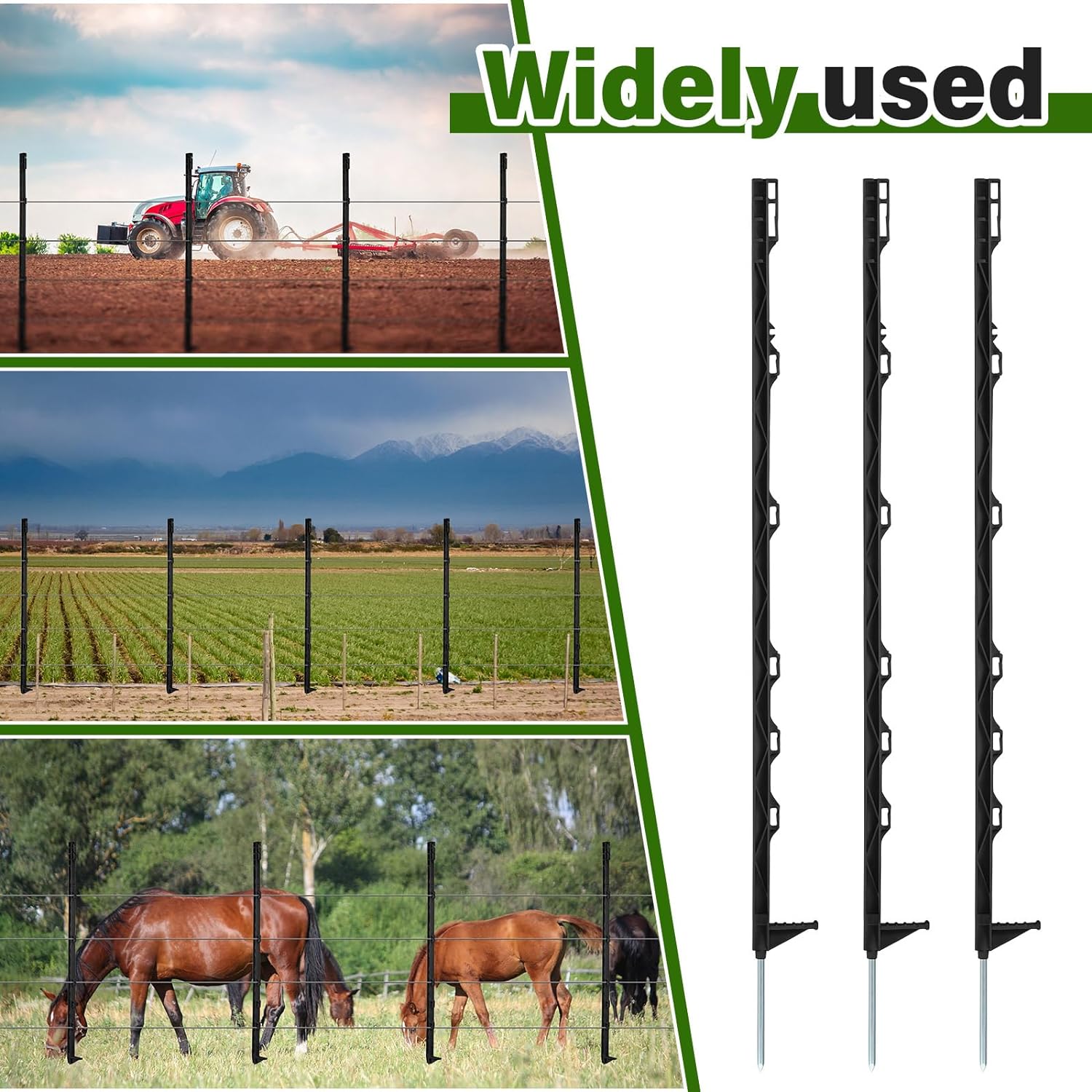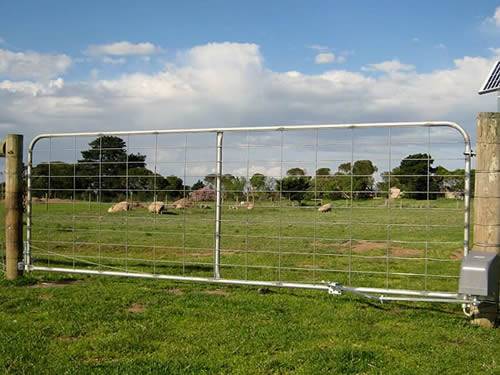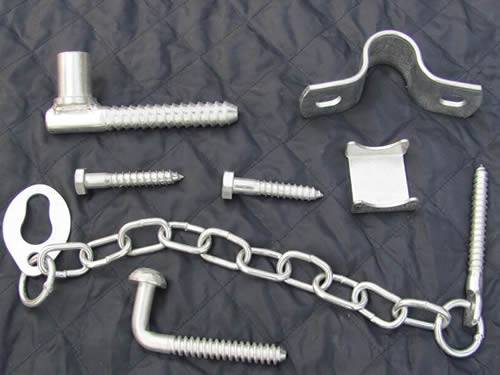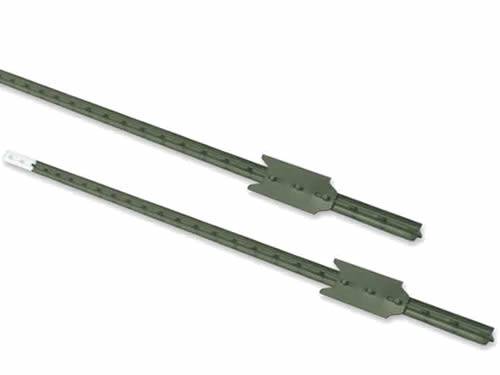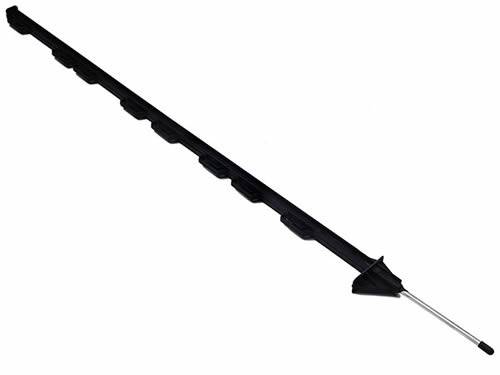Technology
"Our mission is to provide customers with a professionally constructed farm fencing."– Hebei Jinshi Industrial Metal Co, Ltd.
Advantages of an Electric Fence
Electric fencing is based on a strong psychological barrier coupled with a weak physical barrier that keeps wildlife or farm animals in and unwanted animals and vermin.
There is nothing new about using electricity to control animals.
For over seventy years farmers have been using electric fences to control their livestock in Europe and New Zealand whilst in Africa it has been utilized to protect arable land from being damaged by African wildlife.
These modern energizers are capable of powering many kilometers of multi strand electric fencing and the electric fence has now become a truly effective management tool that is being used successfully around the world to control all species of wildlife.
Today very few conservation do not incorporate electric fencing in their wildlife management programs.
ADVANTAGES OF ELECTRIC FENCING
Electric fencing has several advantages over conventional barrier fences:
Cost: Electric fencing is generally cheaper to install than conventional fencing, as it requires fewer materials and can be installed more quickly.
Maintenance: Electric fencing requires less maintenance than conventional fencing, as it has no physical components to wear out or break.
Durability: Electric fencing is often more durable than conventional fencing, as it is made from materials that can withstand harsh weather conditions and animal impacts.
Flexibility: Electric fencing is more flexible than conventional fencing, as it can be easily adapted to fit different terrain and animal containment needs.
Visibility: Electric fencing is often more visible than conventional fencing, which can reduce the likelihood of animals colliding with it.
Security: Electric fencing can also provide an added layer of security, as it can be configured to trigger an alarm or alert the property owner when it is breached.
Safety: Electric fencing can be safer for animals than conventional fencing, as it does not pose a risk of entanglement or injury from sharp edges.


